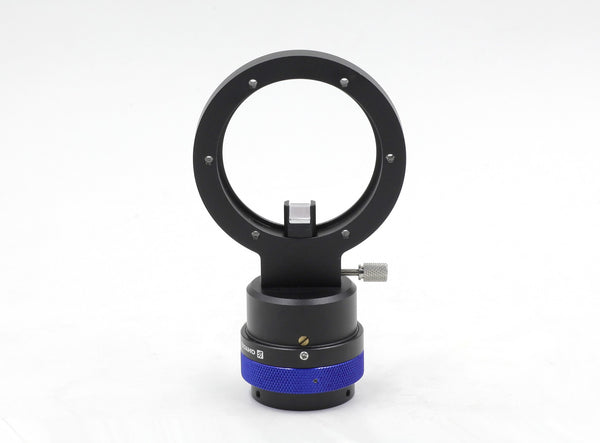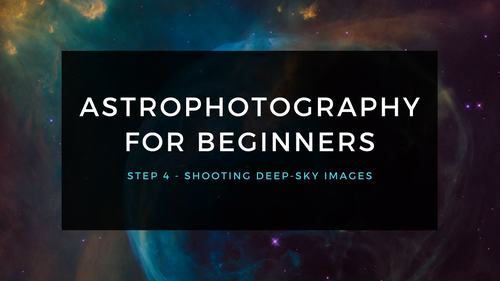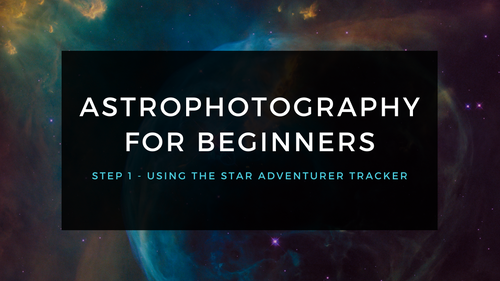QHYCCD QHYOAG-S/M/L Off-Axis Guiders (QHYOAG)










QHYCCD QHYOAG-S/M/L Off-Axis Guiders (QHYOAG)
Products in the Same Family
Size - Small (S)
Why Purchase from All-Star Telescope?
Free Expert Support
Whether you are a first timer needing help with setting up or an enthusiast that can't quite make that one thing work, our expert staff are ready to support your needs. With decades of knowledge and first hand experience we've been there and we can help you through it!
Stress Free, Secure Transactions
You can trust purchasing and delivery with All-Star Telescope. All of our transactions are 100% secure and Level 1 PCI DSS compliant thanks to Shopify's ShopPay platform. For additional protection, we insure 100% of the value of every shipment we make. If it get's lost during shipment, we replace it. If it gets damaged during shipment, we replace it. We make sure your product arrives exactly as you would expect it to; we promise.
We also ensure privacy protection. We never keep any of your credit card information on file and any of your personal data is stored according to our policies.
30 Day Return Policy
Buy with confidence knowing that we accept returns up to 30 days after purchase. We want you to have something you will actually use and we are confident that we keep good quality products in our store with No Junk.
Price Match Promise
Shipping around for the best price is tough, we make it easier by offering the best pricing in the market. But if you find a better price on an in-store item somewhere else we will match it!
Product Description
The main purpose of the OAG is to use the same optical path as the main camera. This avoids the problem of differential deflection that can occur when using a separate optical system for guiding. This method provides more accurate guiding and sharper images.
QHYOAG has three models. The major difference is its different diameter. The three model are QHYOAG-S,QHYOAG-M,QHYOAG-L. QHYOAG is a thin and solid design. The OAG main body is just 10mm thick. Adding an M42 thread or M54 adapter ring adds only 3mm for a total thickness of 13mm. There are six 3mm through holes in the OAG for direct connection to the QHYCFW and QHY A Series cameras.
There is a focuser in the QHYOAG. It is for the focus adjustment of the guider. There is a thumb to lock the position. When focusing please loose this thumb. After focusing get well , lock it. Please do not move the focus ring when in lock status to avoid the damage. When it is locked, you will still find the focus ring can be rotate a little. This is normal and the focus is not changing.
The light patch hole of the QHYOAG is 7mm for the guider camera.
What's in the Box
Specifications
| Model | QHYOAG-S | QHYOAG-M | QHYQAG-L |
| Telescope Interface | M42/0.75 | M54/0.75 | M62/0.75 |
| Diameter of 6 x M3 screw hole positions | 54mm | 62mm | 68mm |
| Suitable for CCD/CMOS Size |
|
|
|
| Compatible Products |
|
|
|
| Guide Camera Interface | 1.25-inch | 1.25-inch | 1.25-inch |
| Weight | 127g | 145g | 149g |
Additional Articles, Videos, and Links

Astrophotography for Beginners Step 4: Shooting Deep-Sky Images
Taking deep sky pictures can be daunting, luckily there is an easy process to follow to allow you to get great shots! Here is the typical process for actually taking deep-sky images in the field.

Astrophotography for Beginners Step 3: Choosing Gear for Deep-Sky Imaging
Using a star tracker gains you experience with the fundamentals of deep-sky imaging. Shooting the Moon gains you experience focusing and framing through your telescope. Through your sessions you’ll...

Astrophotography for Beginners - Start Here: Getting into Astrophotography Step by Step
Shooting the night sky has never been more popular, nor easier. The choice of equipment has also never been better, or more affordable. However, as per the advice given by Dickinson and Dyer in the...

Astrophotography for Beginners Step 1: Using the Star Adventurer Tracker
By far the most economical and easiest way to capture beautiful images of the Milky Way and large deep-sky objects like the Andromeda Galaxy (shown here) is to use a star tracker. Here are steps an...

Astrophotography for Beginners Step 2: How to Shoot the Moon
Close-ups of the Moon are rewarding, and an easy way to learn to shoot through your telescope. While good results are possible with a phone camera clamped to an eyepiece (as shown below), this tuto...


